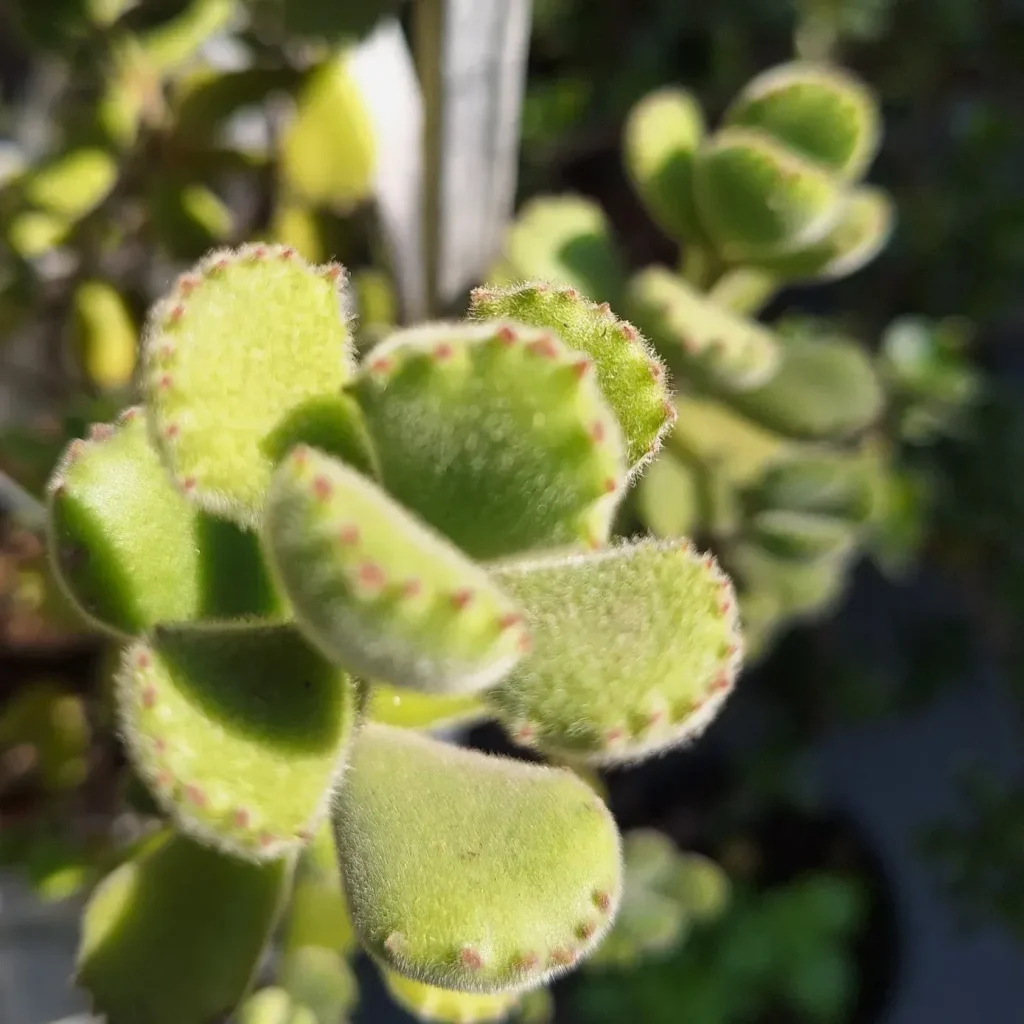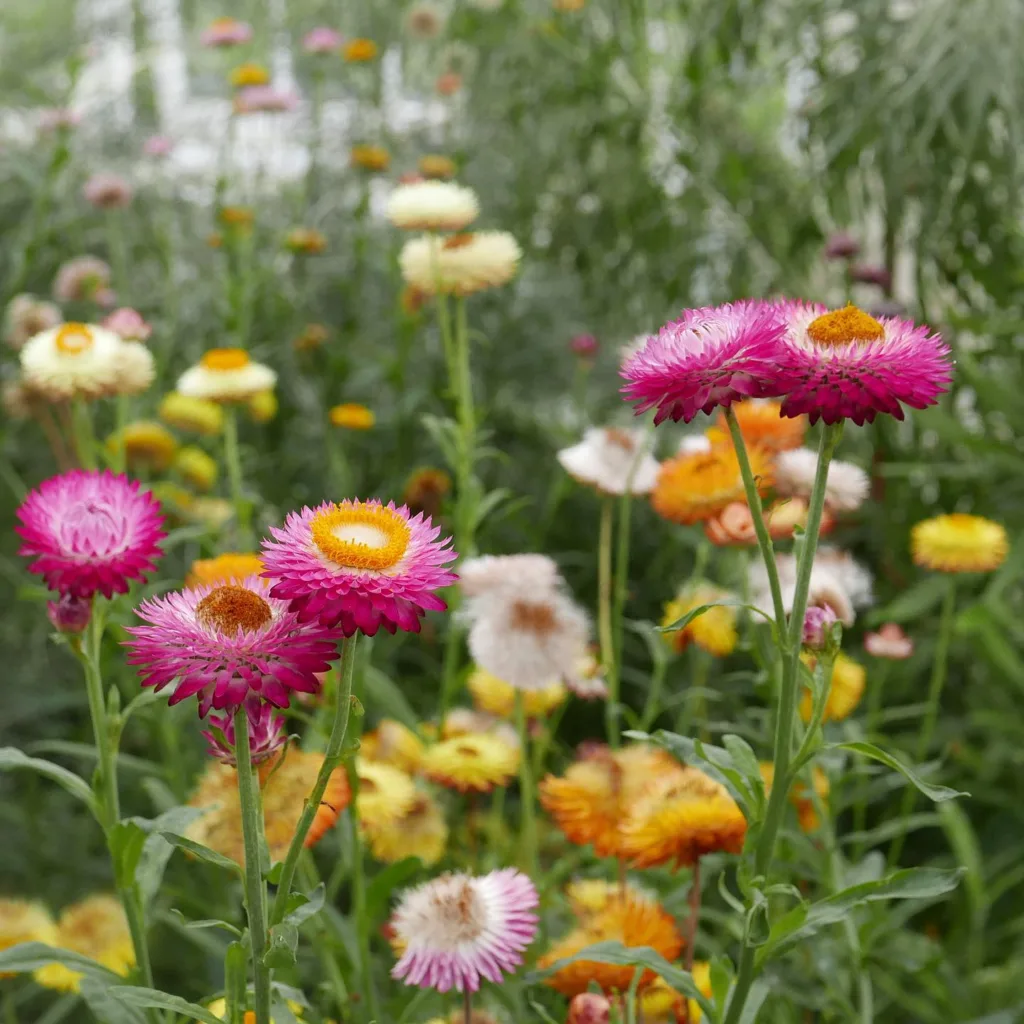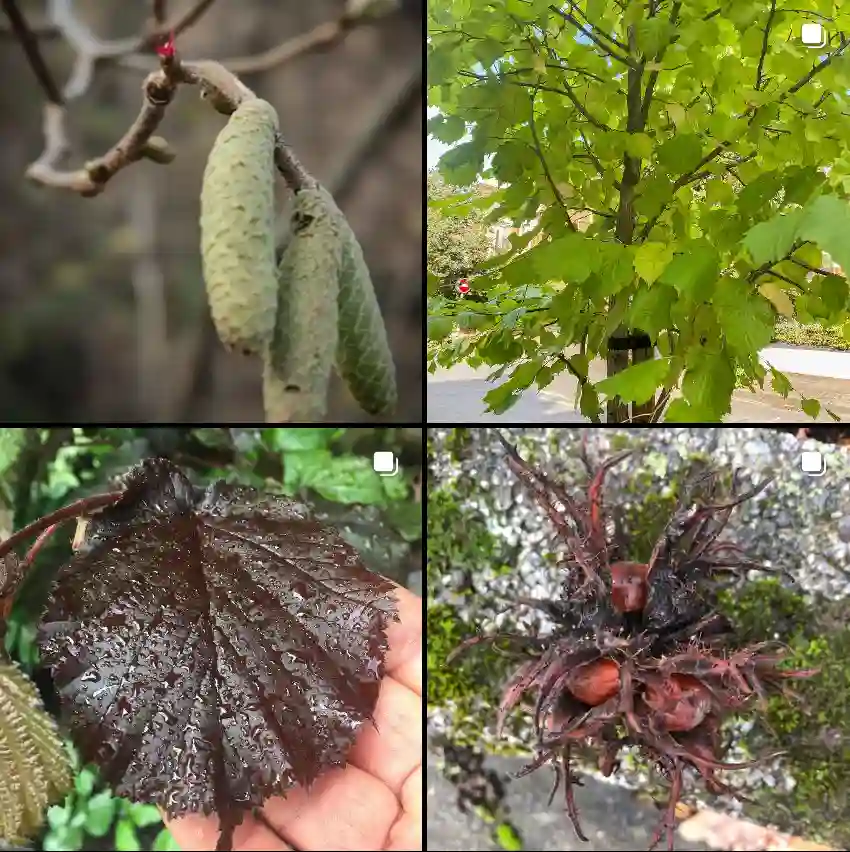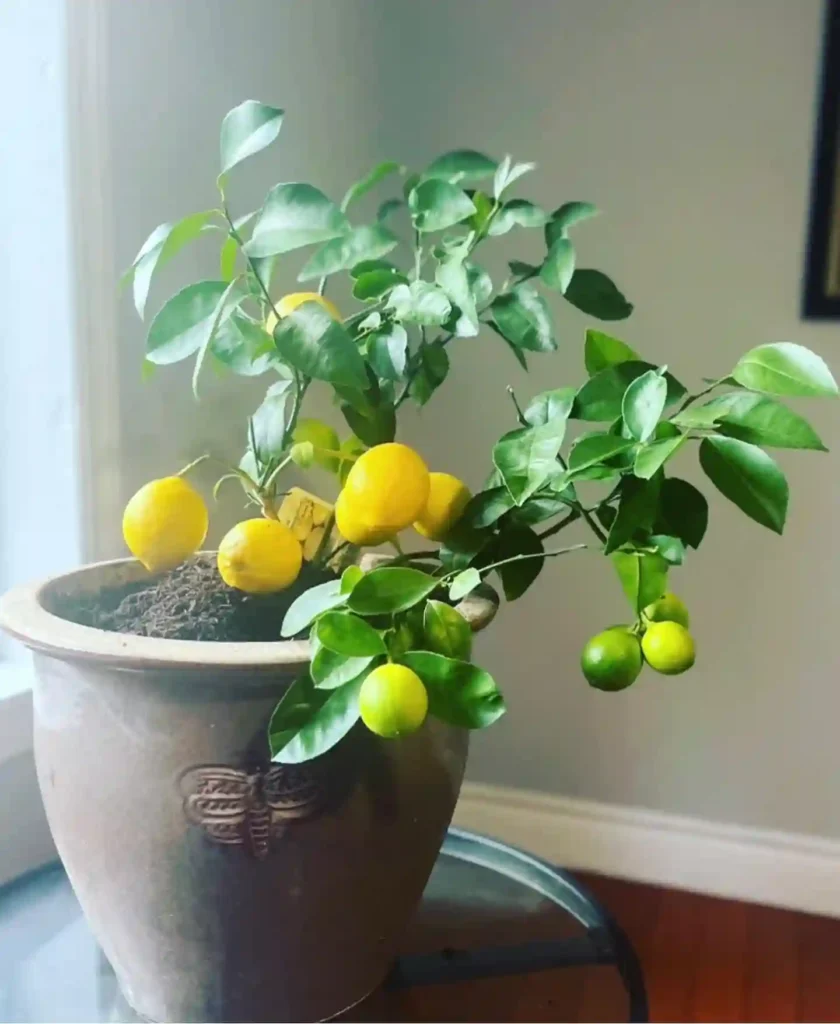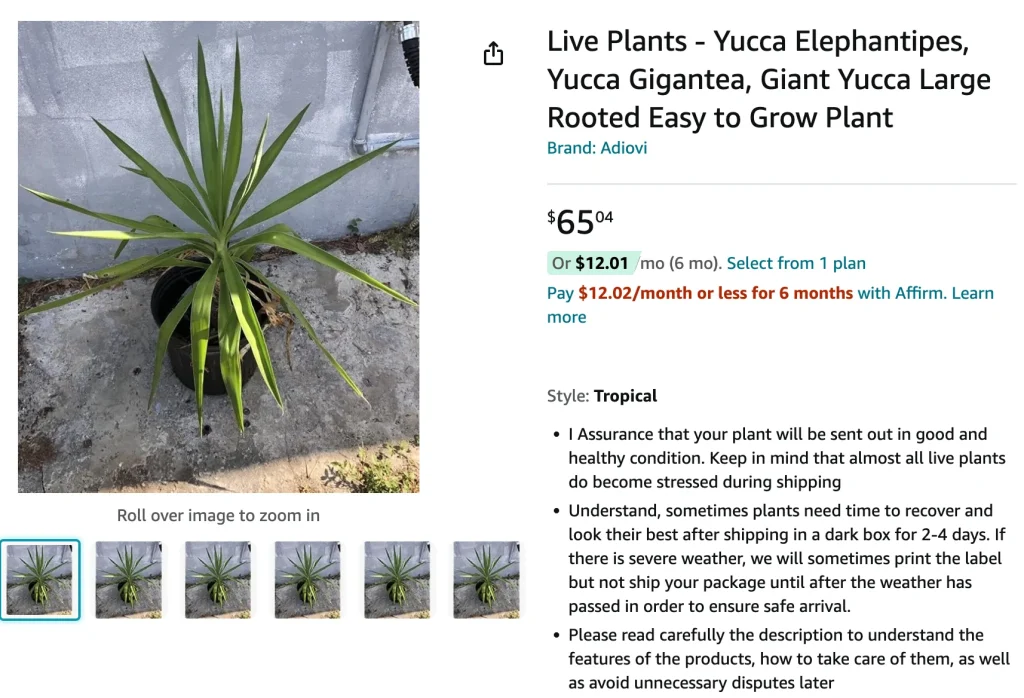
Yucca Gigantea FAQs: How to Care for This Majestic Plant
Yucca Gigantea, also known as Spineless Yucca or Giant Yucca, is a hardy, low-maintenance plant with bold, sword-shaped leaves that make it a popular choice for both indoor and outdoor settings. Over the years, I’ve found that Yucca Gigantea thrives in various conditions and offers several benefits, but like any plant, it does come with its unique care needs and potential challenges. Here’s everything you need to know about caring for this impressive plant, along with answers to some common questions I’ve encountered along the way.
54 Species in Genus Yucca
What Is Yucca Gigantea?
Yucca Gigantea is a species native to Central America, known for its tough, drought-resistant nature. In its natural environment, it can grow up to 30 feet tall, making it a striking addition to any landscape. Indoors, however, it’s a bit more manageable, usually reaching about 5-10 feet depending on care. What I love most about it is the tropical look it brings with its upright growth and large, glossy leaves.
How to Care for Yucca Gigantea?
Caring for Yucca Gigantea is relatively straightforward. It’s an ideal plant if you’re looking for something that can tolerate occasional neglect. Here are some key points I’ve found helpful:
- Light: Yucca Gigantea thrives in bright, indirect sunlight. I’ve also had success growing it outdoors in partial shade. If you’re keeping it inside, placing it near a south or west-facing window works best.
- Watering: Overwatering is a common mistake with Yucca Gigantea. The key is to let the soil dry out completely between waterings. I usually water mine once every two to three weeks indoors, depending on the season. Outdoors, they’re much more drought-tolerant.
- Soil: A well-draining potting mix is crucial. I use a cactus or succulent mix for mine, which ensures excess water doesn’t linger and cause root rot.
- Temperature: Yucca Gigantea is quite hardy, tolerating temperatures as low as 30°F and as high as 90°F. However, I’ve found it thrives best in temperatures between 60-80°F.
- Fertilization: I feed my Yucca a balanced liquid fertilizer once a month during the growing season (spring and summer). You don’t need to fertilize in winter when the plant is dormant.
How to Propagate Yucca Gigantea?
Propagating Yucca Gigantea is easier than you might think. The most effective method I’ve used is through stem cuttings:
- Choose a Healthy Stem: Using a sharp, sterilized knife, cut a stem from the plant, making sure it’s at least 4-6 inches long.
- Let it Dry: Allow the cutting to dry out for a few days to prevent rot.
- Plant the Cutting: Place the dried cutting into a pot filled with well-draining soil. Water it lightly and place it in a bright spot, avoiding direct sunlight until it starts to root.
I’ve found that patience is key. It can take several weeks for roots to establish.
Can You Grow Yucca Gigantea Indoors?
Yes, you absolutely can grow Yucca Gigantea indoors. In fact, it’s one of my favorite indoor plants because of its bold structure and low-maintenance nature. When grown indoors, it tends to stay smaller, making it manageable in living spaces. Just remember, like most houseplants, it doesn’t enjoy being overwatered. It’s also a great choice for offices or rooms with bright, indirect light.
Is Yucca Gigantea Toxic?
Unfortunately, Yucca Gigantea is toxic to both pets and humans if ingested. While the plant is safe to handle, its leaves contain saponins that can cause discomfort if eaten. I always keep my Yucca Gigantea out of reach of my pets to avoid any issues.
What to Plant with Yucca Gigantea?
If you’re looking to create a dynamic garden, Yucca Gigantea pairs well with drought-tolerant plants like agave, cacti, and aloe. These plants share similar care requirements, which makes maintenance a breeze. In an indoor setting, I like to group my Yucca with other large-leaved plants like monstera or bird of paradise for a tropical vibe.
Common Problems with Yucca Gigantea
While Yucca Gigantea is tough, there are a few problems I’ve come across over the years:
- Overwatering: As I mentioned earlier, this is the most common issue. If the leaves start yellowing and the plant looks unhealthy, it’s likely due to too much water.
- Pests: I’ve occasionally encountered spider mites and mealybugs on my Yucca Gigantea, particularly when kept indoors. Regularly inspecting the plant and wiping down the leaves can help prevent infestations.
- Root Rot: This is typically caused by poor drainage or overwatering. Once root rot sets in, it can be challenging to save the plant, so it’s best to prevent it by using the right soil and watering practices.
Comparing Yucca Gigantea to Similar Plants
Yucca Gigantea is often confused with Yucca Aloifolia, which has more rigid, pointed leaves and a smaller growth habit. While both are drought-resistant and easy to care for, Yucca Gigantea’s softer, spineless leaves make it a better choice for indoor spaces, especially if you have children or pets.
Another similar plant is the Dracaena Marginata. Although they share a similar growth habit, Yucca Gigantea is much more tolerant of neglect and can handle harsher sunlight than Dracaena.
Benefits of Yucca Gigantea
One of the reasons I love Yucca Gigantea is its air-purifying qualities. Like many houseplants, it helps remove toxins from the air, creating a healthier environment indoors. It’s also incredibly resilient, so if you’re a busy plant parent like me, you’ll appreciate how little maintenance it requires.
Overall, Yucca Gigantea is a striking, easy-to-care-for plant that thrives in a variety of conditions. Whether you’re growing it indoors or out, following the right care practices will ensure it remains healthy and vibrant for years to come.
If i die, water my plants!
